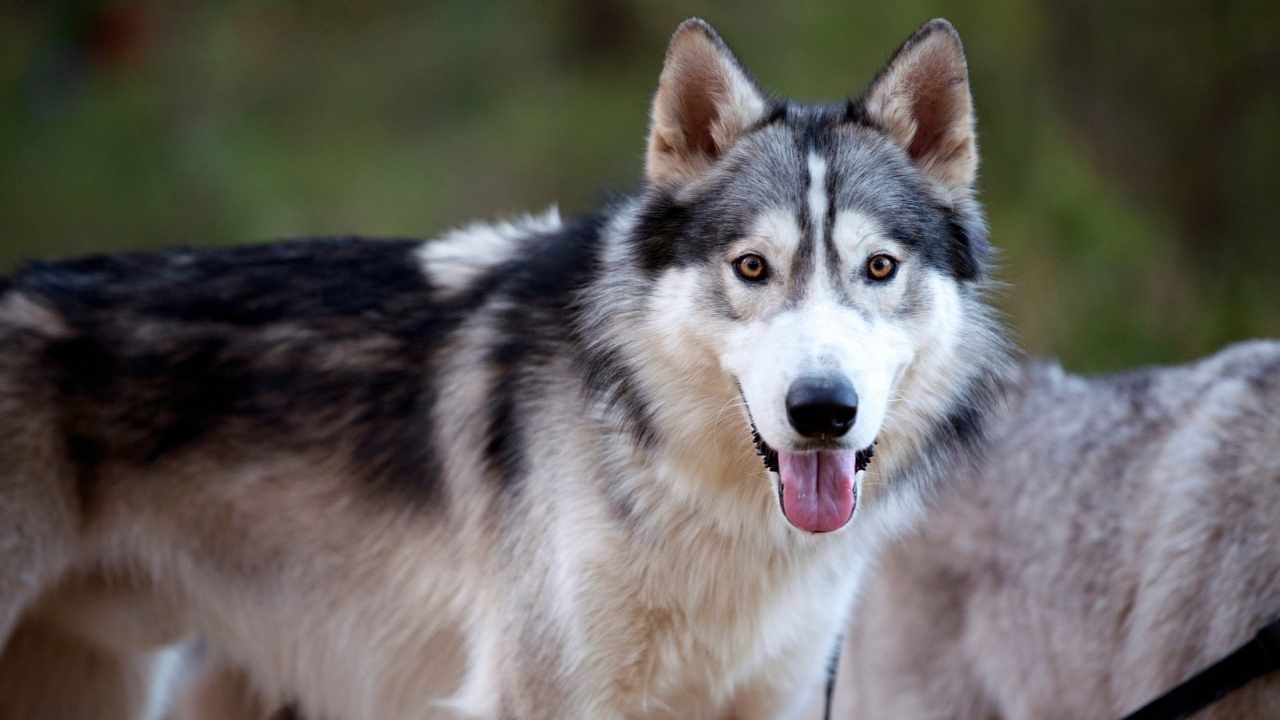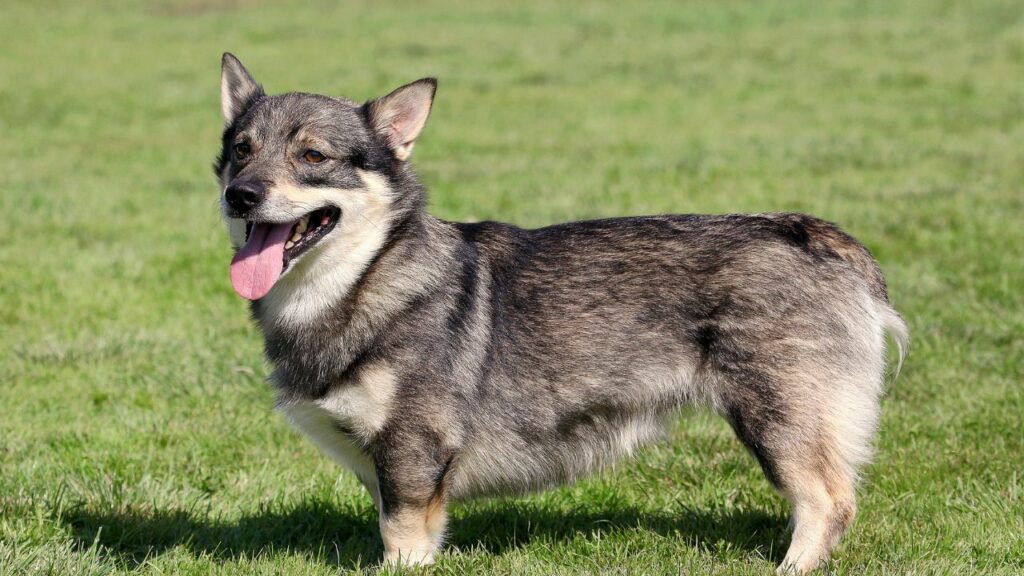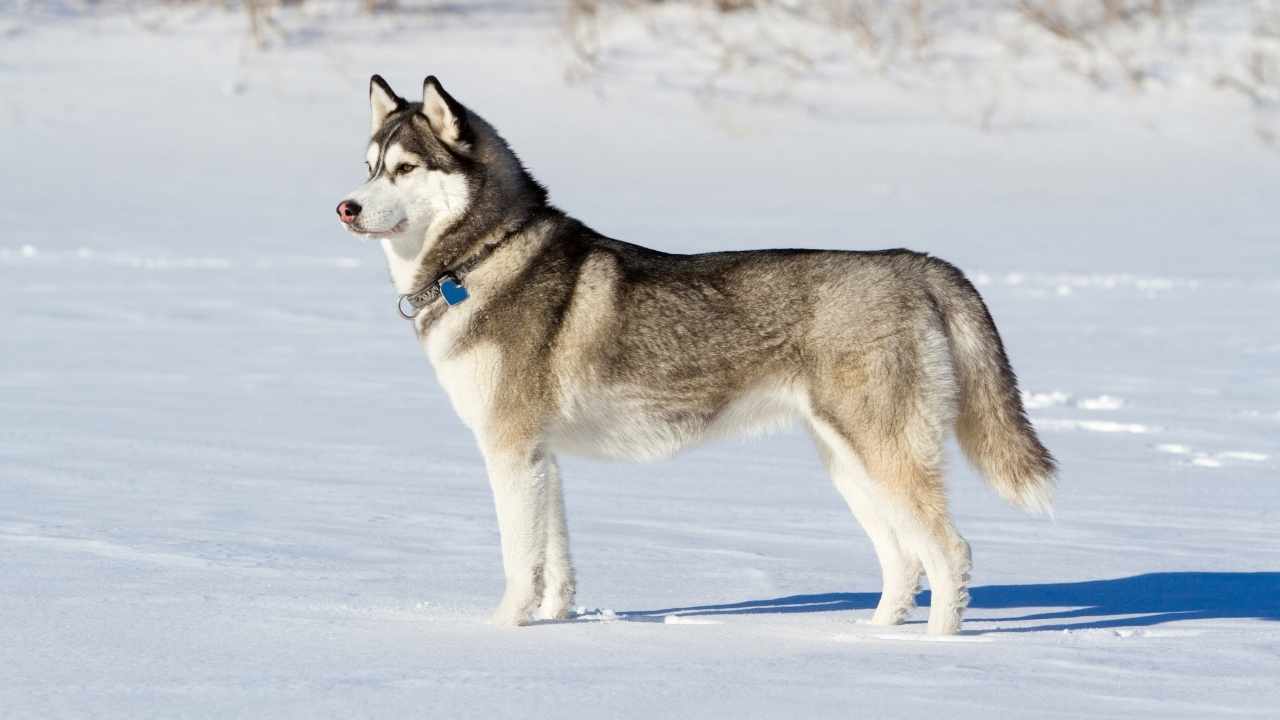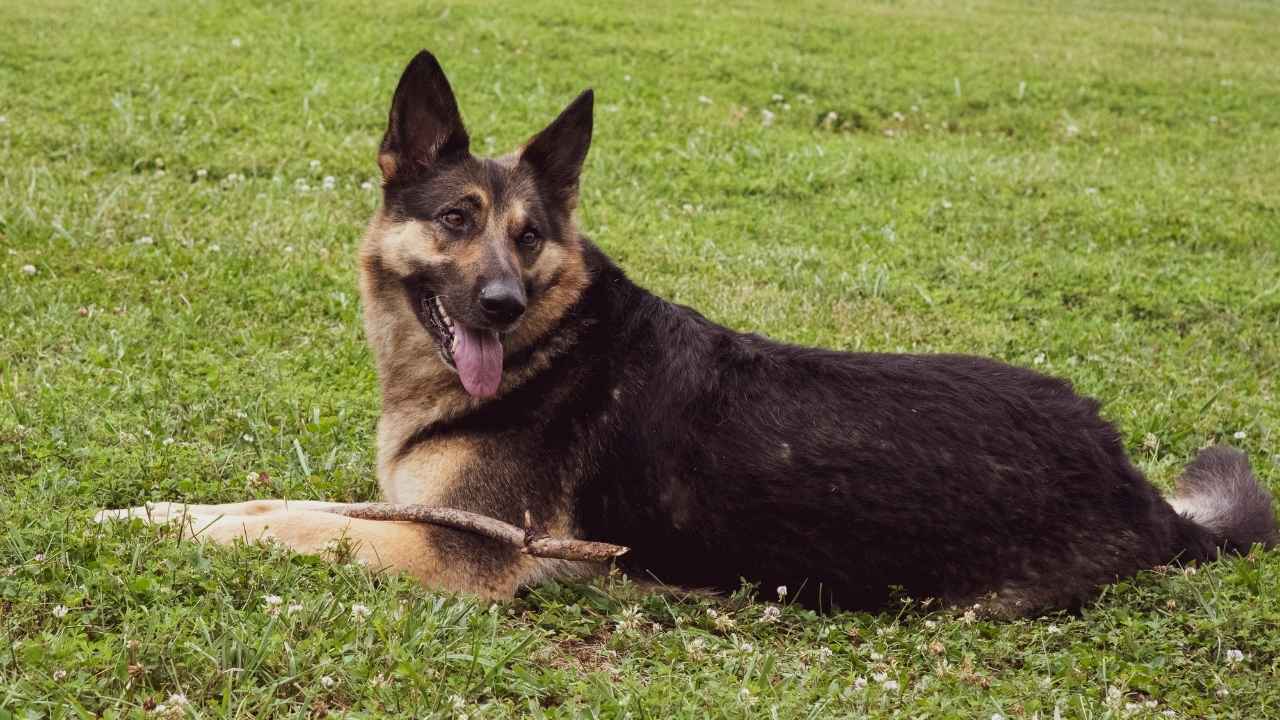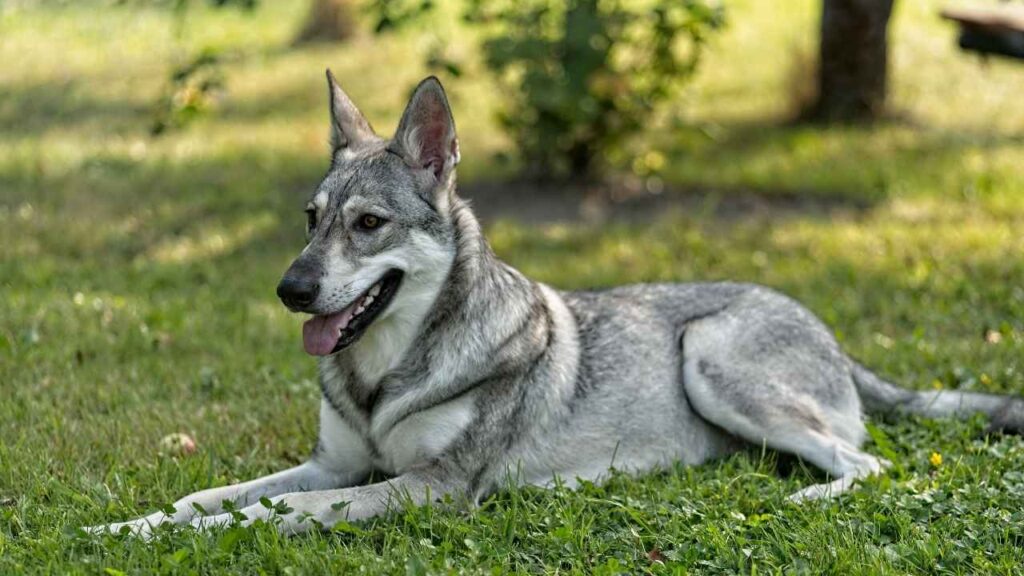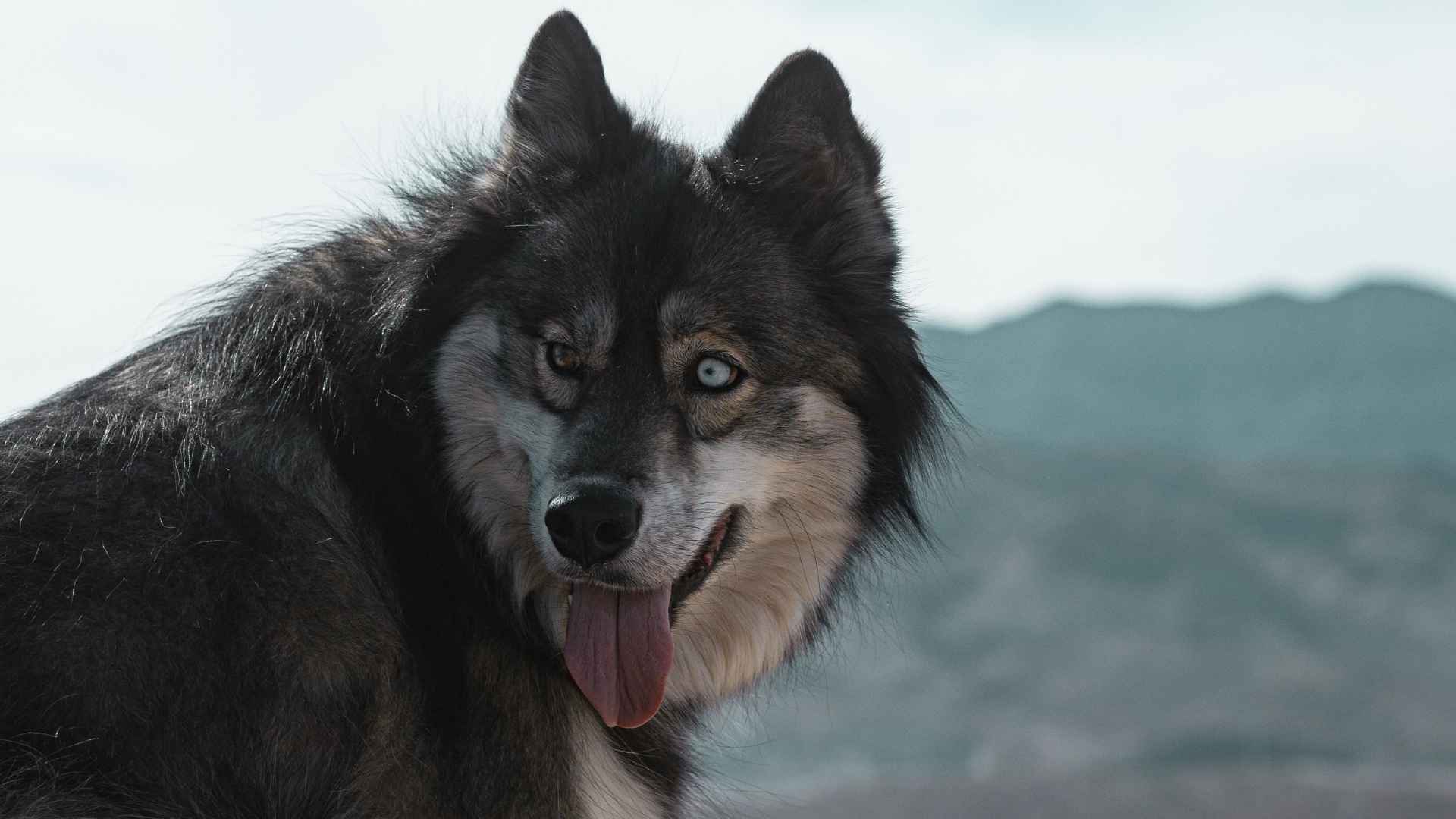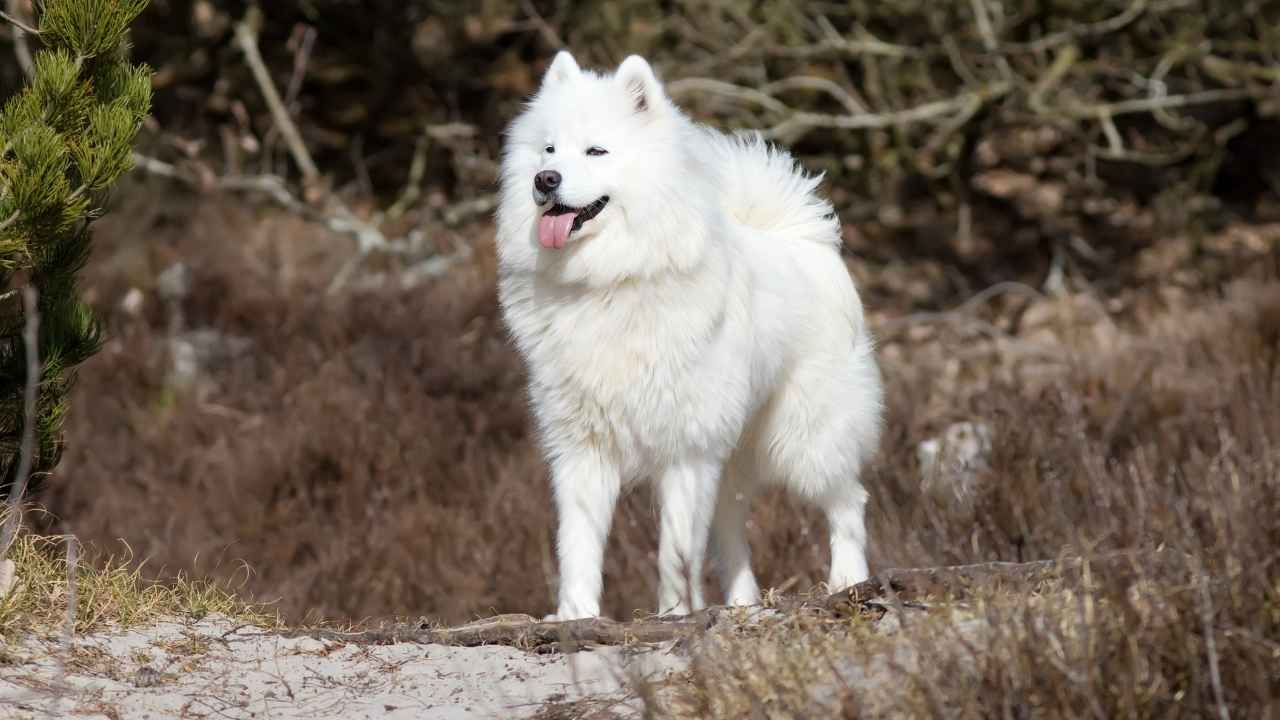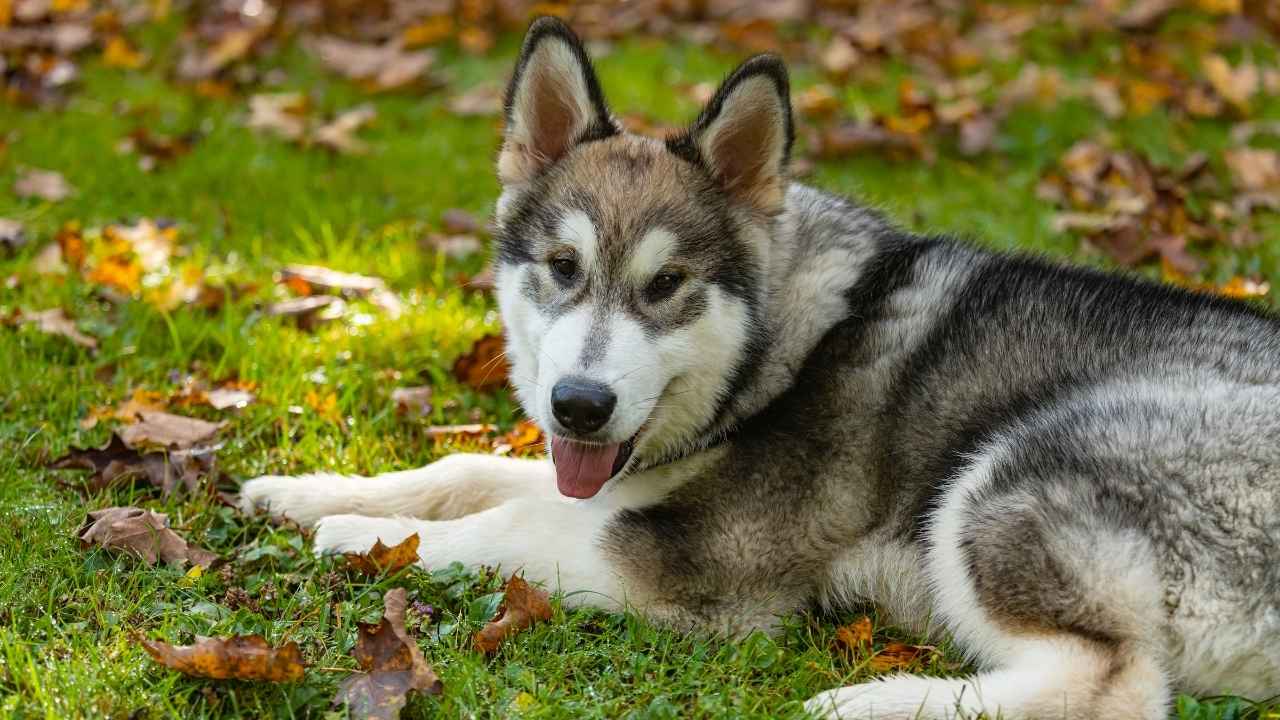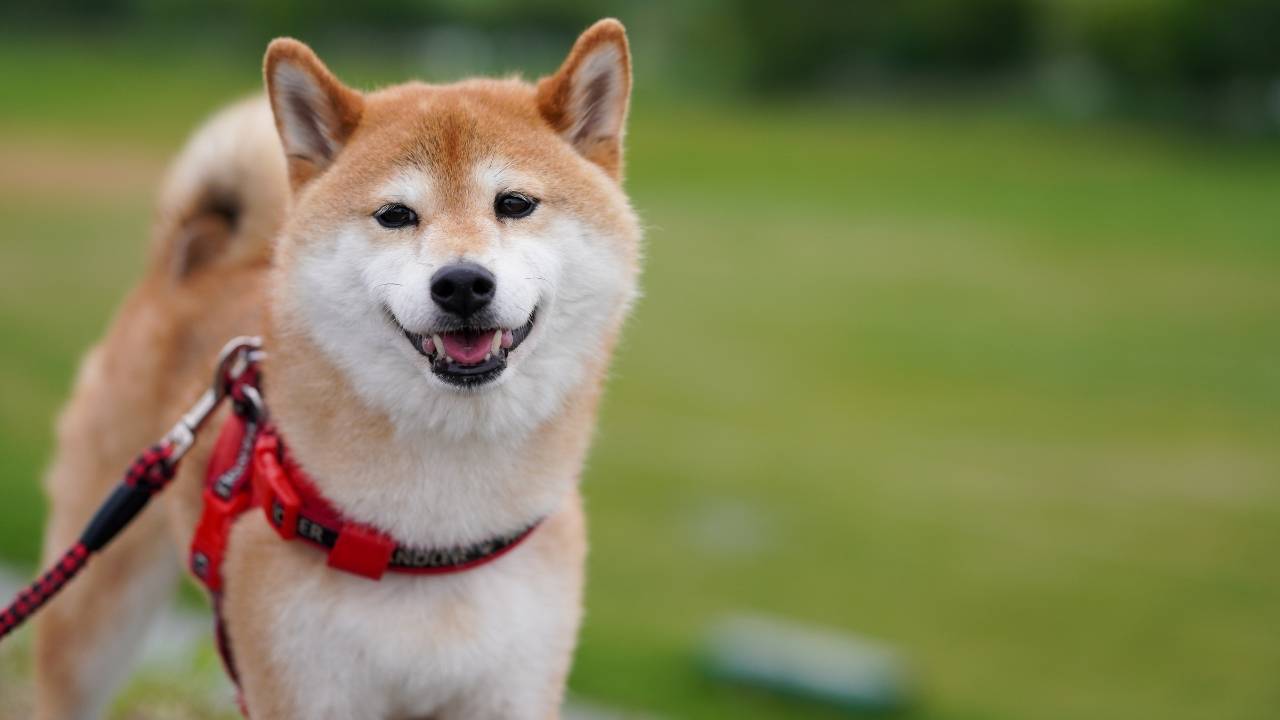Wolves have long captured the human imagination with their majestic presence, wild allure, and untamed grace. Today, their closest relatives live among us in the form of wolf dog breeds that carry the unmistakable physical traits of their wild ancestors. These nine remarkable breeds bridge the gap between wilderness and domesticity, showcasing the striking resemblance to their lupine predecessors. From their piercing eyes to the dense coats, these dog breeds not only evoke the feral beauty of wolves but also embody the enduring bond between humans and canines, proving that the spirit of the wild remains alive and well.
Dogs may be our trusted companions today, but their story begins with wolves—their wild and majestic ancestors. It’s incredible to think that every wagging tail and friendly bark we see now comes from a shared lineage that dates back thousands of years.
Though domestication has transformed them in countless ways, some breeds still carry striking reminders of their wolf heritage, blending the beauty of the wild with the loyalty of a beloved pet.
From their piercing eyes to their graceful builds, these dogs possess an undeniable connection to their origins. For those captivated by the allure of wolves, certain breeds offer the perfect mix of wild beauty and devoted companionship.
Let’s dive into the fascinating world of wolf-like dog breeds and discover what makes them so special.
Wolf Dog Breeds That Look Like Their Ancestors
1. Swedish Vallhund
The Swedish Vallhund, a spitz breed with wolf-like traits, hails from the cold regions of Scandinavia. With their dense double coat, upright ears, and striking resemblance to their wild ancestors, they are as hardy as they are charming.
Known for their friendly and affectionate nature, Swedish Vallhunds form strong bonds with their families. They often “talk” to their humans using unique vocalizations, adding to their endearing personality. Originally bred to herd cattle on farms, these small but mighty dogs were built low to the ground, making them perfect for nipping at the heels of stubborn livestock.
WebMD mentions that while modern Vallhunds are more likely to herd tennis balls at the park, their herding instincts remain strong. Tough, healthy, and with a lifespan of 12 to 15 years, this long-lived breed is a loyal and lively companion.
2. Siberian Husky
The Siberian Husky is one of the most wolf-like dog breeds, with its thick double coat, pointed ears, and striking markings that immediately hint at its wild ancestry. Its resemblance to wolves isn’t just skin deep—Huskies share some genetic similarities with their untamed counterparts.
As one of the oldest dog breeds, the Siberian Husky was originally bred by the Chukchi people to pull sleds across the icy landscapes of Siberia. Their dense undercoat and protective outer fur allow them to withstand harsh winters, much like wolves in similar climates.
While Huskies are hardworking and loyal, their playful and independent nature can make training a challenge. They’re known for their love of running and their wolf-like howls, though their tendency to bark sets them apart from their wild relatives. For the right owner, a Husky is an energetic, loving companion full of personality and charm.
3. German Shepherd
German Shepherds are easily recognized by their wolf-like appearance, strength, and noble demeanor. Originally bred to herd sheep and guard flocks, these dogs have proven to be much more than hardworking protectors.
With their intelligence and loyalty, German Shepherds are not only exceptional workers but also loving and devoted companions. Their sharp features and striking build give a subtle nod to their wild ancestry, making them a standout breed in both appearance and personality.
Consistently ranked among the top 10 most popular breeds in the United States, German Shepherds thrive in active households where they can be engaged both mentally and physically. Their high intelligence and eagerness to please make them highly trainable, but they need consistent exercise and stimulation to prevent boredom.
PDSA notes while their versatility and devotion make them incredible family pets, potential owners should be mindful of the health challenges that can arise due to certain breeding practices. With proper care, training, and socialization, these remarkable dogs bring unmatched loyalty and energy to the right home.
4. Alaskan Klee Kai
The Alaskan Klee Kai is a fascinating mix of breeds, combining the Alaskan Husky, Siberian Husky, Schipperke, and American Eskimo to create a smaller, companion-sized version of the traditional Husky.
With their thick fur, triangular ears, and expressive eyes, these dogs have a striking resemblance to wolves, making them a favorite among fans of wolf-like breeds. Available in toy, miniature, and standard sizes, they come in a variety of colors, including black and white, gray and white, red and white, and pure white.
Despite their compact size, Alaskan Klee Kai is full of personality. They’re curious, lively, and alert, making them excellent companions. While they generally get along with other dogs, they can be a bit reserved around new people. Once they warm up, though, they’re affectionate, loyal, and quick to learn, making them a wonderful choice for owners who want a smaller dog with the look and spirit of a Husky.
5. Saarloos Wolfdog
The Saarloos Wolfdog, as its name suggests, boasts a striking resemblance to a wolf, with its sharp features and expressive face. This unique breed, created by crossing a German Shepherd with a European wolf, carries both the loyal traits of a family dog and the wild instincts of its wolf ancestors. Curious, intelligent, and eager to please, Saarloos Wolfdogs thrive when they have a purpose—and they absolutely adore being the center of attention.
Their short, dense coats come in wolf grey, forest brown, and white, with wolf grey being the most common. While their beauty is captivating, they can be more demanding and sensitive than many other breeds.
A securely fenced yard and leashed walks are essential, as their instincts can lead them to wander in unfamiliar settings. With proper socialization, patience, and plenty of love, the Saarloos Wolfdog can make a devoted and fascinating companion for the right owner.
6. Utonagan
The Utonagan, meaning “spirit of the wolf,” is a unique breed developed by crossing Siberian Huskies, Alaskan Malamutes, German Shepherds, and other unidentified breeds, resulting in a dog with the striking appearance of a wolf and the temperament of a loyal companion.
Originating in the UK during the 1980s, this breed was carefully designed to blend the beauty of a wolf with a friendly, gentle personality. Their medium-to-large build, thick double coat, and range of natural colors give them a truly wild and majestic look.
Utonagans are intelligent and affectionate, making them great family dogs. However, their strong prey drive means they may chase small animals like rabbits or squirrels, especially during walks. Known for their vocal nature, they may bark or howl to express themselves.
To ensure they’re well-mannered, early training and consistent mental stimulation are essential. These free-spirited dogs are eager learners and thrive with activities like treat-finding games or other interactive challenges. With the right guidance, the Utonagan makes a loyal and captivating companion.
7. Samoyed
The Samoyed, one of the most ancient dog breeds, has a striking resemblance to its Arctic wolf ancestors. With its thick, fluffy white coat and sturdy build, it exudes both beauty and strength. Originally bred by the Samoyedic people of Siberia to pull sleds and herd reindeer, this breed captured the world’s attention in the late 1800s when Queen Alexandra of England became enamored with their charm.
Known for their iconic “Samoyed smile” and soft, cloud-like fur, these dogs are as affectionate as they are striking. Despite their cuddly appearance, they can weigh up to 65 pounds and need plenty of space to roam and play. Britannica mentions that Samoyeds are smart, friendly, and thrive on being part of a family.
Like most working breeds, they require regular exercise and mental stimulation to stay happy. While their independence can sometimes make them stubborn, they respond well to positive training and are known for their quick learning and eager-to-please personalities.
8. Alaskan Malamute
Alaskan Malamutes are majestic and strong dogs, originally bred by the native Mahlemut people of Alaska’s northwest coast. Known for their power and endurance, they were not only used to pull sleds like the Siberian Husky but also served as search and rescue dogs and hunters of seals and polar bears. Their impressive build and noble demeanor make them true gentle giants.
Weighing up to 85 pounds, Malamutes are high-energy dogs that thrive in active households. However, they are sensitive to heat, so it’s important to limit outdoor activities during warmer months and ensure they have plenty of indoor space to move around.
Affectionate and protective, they make wonderful companions but can become destructive if left alone for too long or not given enough exercise and mental stimulation. Providing activities like durable chews or puzzle toys can help keep them happy and engaged. With the right care, Malamutes are loyal and loving pets that bring energy and joy to their families.
9. Shiba Inu
Shiba Inus, with their compact build, pointed ears, and thick coats, have a wolf-like appearance, especially when sporting a black-and-tan coat. Their striking white markings and confident demeanor give them a unique, almost foxlike charm. Available in red, red sesame, and black and tan coloring, Shibas are one of the most ancient dog breeds, closely linked to wolves from a genetic standpoint.
Originating in Japan, Shiba Inus were originally used for hunting, and their bold, spirited nature reflects that heritage. AKC highlights that they are the most popular companion dogs in Japan and have steadily gained popularity in the West since their introduction 60 years ago.
Whether in a bustling city or the quiet countryside, Shibas adapt easily to their environment. Their muscular build, smooth stride, and alert expression make them not only a sturdy breed but also a striking and confident companion.
Conclusion
The connection between modern dog breeds and their wild ancestors is a fascinating testament to the journey from wolf DNA to the domestic dog we know today. Dogs that look like wolves, such as the Canadian Eskimo Dog or Saarloos Wolfdog, showcase how selective breeding has purposely bred certain traits to maintain that wild and majestic appearance. While breeds like Shih Tzus and Lhasa Apsos, known for their charming companionship, may not resemble wild animals, they too carry the story of cross-breeding that shaped all the dogs we love today.
From herding dogs like the German Shepherd to hunting dogs and sled dog breeds, these canine companions were developed not just for their beauty but for their incredible versatility. Pet parents who admire pack animals and guard dogs can appreciate the blend of loyalty, intelligence, and instinct in these breeds. Whether it’s their striking appearance or their innate abilities, wolf-like breeds hold a special place in the hearts of dog lovers everywhere, continuing to bridge the gap between the wild and the domestic.
Wolf dog breeds, with their striking resemblance to their wild ancestors, captivate enthusiasts and dog lovers alike. These breeds, such as the Siberian Husky, Alaskan Malamute, and Czechoslovakian Vlcak, showcase the enduring bond between humans and canines through generations. Their wolf-like features are not only visually intriguing but also speak to the shared traits and lineage between wolves and domestic dogs. While they maintain a wild allure, these breeds often possess loyal, intelligent, and friendly dispositions, making them both fascinating companions and a testament to the intricate history of canine domestication.

